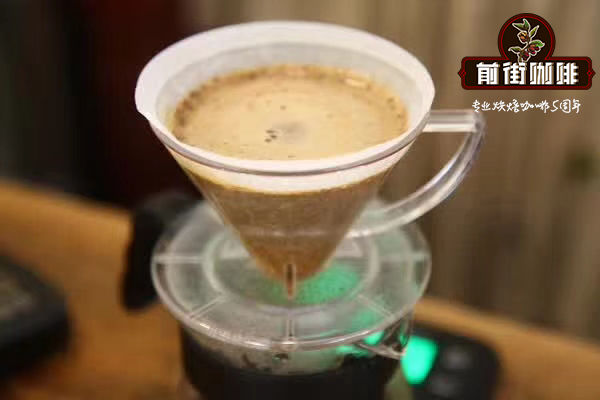Coffee fermentation treatment how many hours coffee fermentation treatment principle coffee fermentation process

Professional coffee knowledge exchange More coffee bean information Please pay attention to coffee workshop (Weixin Official Accounts cafe_style)
Coffee fermentation
The beans, covered with slippery mucus, can be sent to the patio to dry as a natural coffee slurry or to a coffee fermenter. Coffee fermenters are used to remove mucus before drying. The ground coffee beans are placed in a cement tank with water and fermented for 16-36 hours. Another density separation may occur on the way to the fermenter. The best quality coffee has the highest density and should be separated and fermented in different containers.
Coffee fermentation time depends on many factors, including the amount of coffee fermented, the temperature and humidity of the water. This mucus consists of pectic substances including protopectin (33%), reducing sugars (30%), non-reducing sugars (20%), cellulose and ash (17%)(Wrigley, 455). Protopectin is insoluble in water and hydrolyzes to pectic acid in fermenters (Wrigley, 455). Enzymatic hydrolysis of protopectin and degradation of pectin are processes that remove mucus during fermentation (Wrigley, 455). Currently, the best way to determine the end of coffee fermentation is to touch the beans to determine if they are still wrapped in mucus. If coffee beans are fermented for 36-72 hours, they will produce stinky coffee beans. Lactic acid, acetic acid and propionic acid are produced in this process and are believed to prevent the taste of traditional fermentation by inhibiting mold growth, which occurs periodically during outdoor drying under humid conditions (Wrigley).
END
Important Notice :
前街咖啡 FrontStreet Coffee has moved to new addredd:
FrontStreet Coffee Address: 315,Donghua East Road,GuangZhou
Tel:020 38364473
- Prev

Why should coffee be roasted? the roasting degree of coffee is better than the taste of coffee.
For more information on coffee beans, please follow the coffee workshop (official Wechat account cafe_style). Roasting turns green coffee into fragrant brown beans, which we can buy in our favorite shops or cafes. The temperature of most roasters is kept around 550 degrees Fahrenheit. Throughout the process, coffee beans have been moving to prevent them
- Next

What does the concept of boutique coffee mean? the definition of boutique coffee
Professional coffee knowledge exchange more coffee bean information please follow the coffee workshop (Wechat official account cafe_style) what is boutique coffee? The first part: we begin to learn the basic knowledge. Whether you are a novice in the coffee industry or a lifelong consumer, we think it may be useful to solve the most basic problem: what makes boutique coffee unique? You could say that in the coffee service
Related
- Beginners will see the "Coffee pull flower" guide!
- What is the difference between ice blog purified milk and ordinary milk coffee?
- Why is the Philippines the largest producer of crops in Liberia?
- For coffee extraction, should the fine powder be retained?
- How does extracted espresso fill pressed powder? How much strength does it take to press the powder?
- How to make jasmine cold extract coffee? Is the jasmine + latte good?
- Will this little toy really make the coffee taste better? How does Lily Drip affect coffee extraction?
- Will the action of slapping the filter cup also affect coffee extraction?
- What's the difference between powder-to-water ratio and powder-to-liquid ratio?
- What is the Ethiopian local species? What does it have to do with Heirloom native species?

